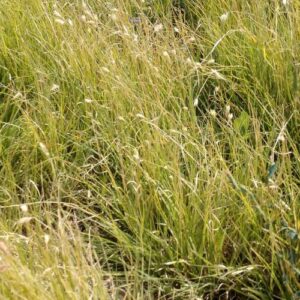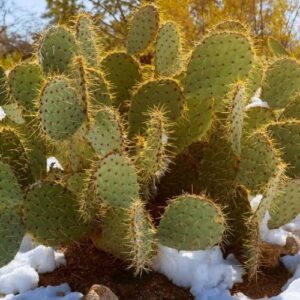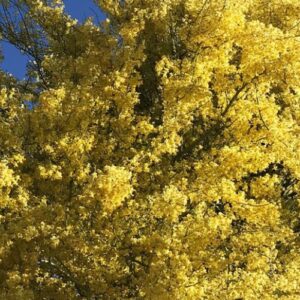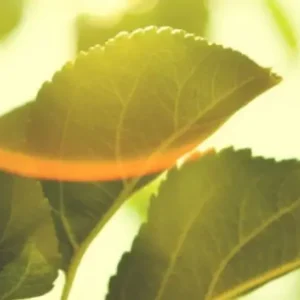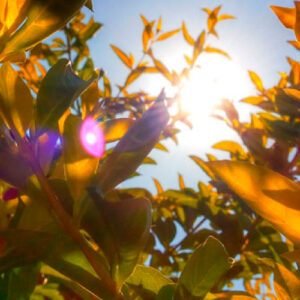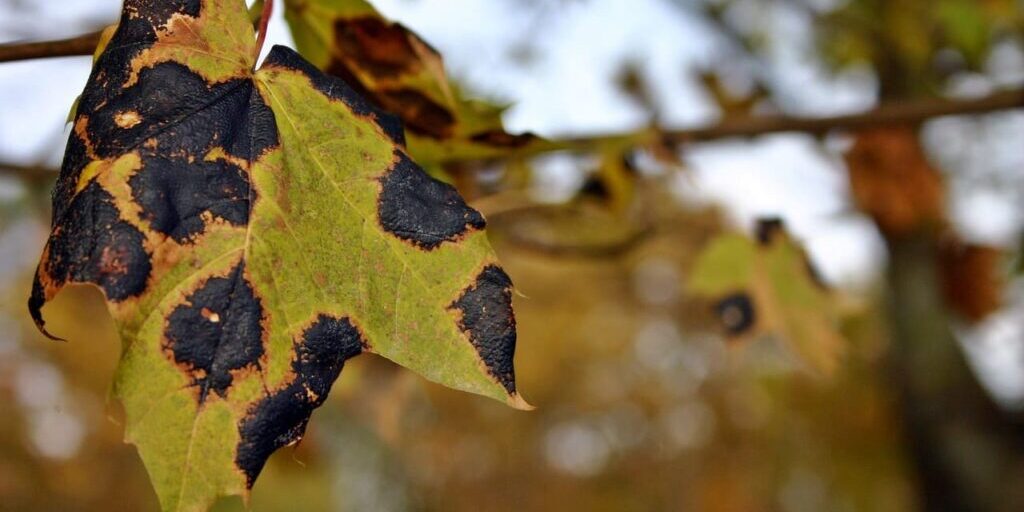
As the long summer months in the Phoenix area drag on, you may notice some of your tree or plant leaves turning brown or dying. Property owners often assume that these brown leaves signal a pest or disease issue. In fact, the most common culprits are much more simple: lack of water, too much salt, or incorrect fertilizer use.
Dried or brown leaves may appear to be just a cosmetic issue, but they often signal a bigger problem that should be resolved as quickly as possible. Doing nothing will make your tree more susceptible to opportunistic pests or diseases such as palo verde borers.
3 Reasons Leaves Turn Brown in Summer
In this article, we go over each cause and what you can to do prevent or solve them, making your leaves green and vibrant and your tree or plant healthy once more!
1 – Drought Stress
If your leaves look scorched, your leaves may not be receiving enough moisture. Remember, trees and plants receive water from the ground. From there, it travels from the roots up through the rest of the plant. Moisture is then released from the leaves.
Leaf scorch can happen when the tree can’t keep up with the moisture lost from the leaves. Leaves begin to dry out, starting at the tips.
If your leaves are wilted rather than scorched, it may be heat stress. Learn more about heat stress and desert trees here.
The veins that lead to the ends of the leaves are the end of water’s journey through the plant, so that’s why the tips of the leaves dry out first. You may also notice that the leaves that turn brittle first are those that are the most exposed to sun and/or wind.
This lack of moisture is a stressor and is commonly referred to as “drought stress.” Stressed plants are more susceptible to pests and diseases, as all of their energy is used up in the struggle for survival.
Remember to water infrequently and deeply, rather than frequently and lightly. By allowing the soil to dry out slightly between waterings, the plant will stretch its roots out further, leading to a more resilient plant.
Get a refresher on how/when to water in Summer Watering for Phoenix-Area Trees.
Don’t forget, however, that once a tree is established, it will need less water than a newly-planted tree. Learn more in our blog post on why desert trees are worth the water.
2 – Salt Damage
You may not think that desert soils are “salty”, but the high mineral content and alkalinity of our soil and water cause soluble salts to build up in the soil.
During the summer months, plants take up more water from the ground, and if there is more salt content, they will be taking up more salt as well. This can lead to salt injury or damage.
This may look like:
- Leaves that look yellow or burned at the tips and edges
- Leaves falling off
- Wilting leaves
- Drooping stems
- Yellowing leaves with green veins (called chlorosis)
If trees and plants aren’t getting enough water, drought stress can be made worse by high concentrations of salt.
To remove salt buildup from an area, water shrubs to 2 feet deep and shrubs to 3 feet deep.
You can read much more here: Know the signs of salt buildup in desert soil and how to fix it.
3 – Improper Fertilization
There is a reason that we fertilize trees in spring and fall, but not during the summer months. During the summer heat, plants and trees are working hard to stay cool and hydrated. Fertilizer stimulates new growth. If a tree’s energy is going towards growing, it has less energy to sustain itself during hot periods.
Native trees often need little to no fertilizer; they’ve adapted to the local soil conditions so fertilization would cause unwanted growth, increased water needs, and decreased hardiness.
Read more about when and how to use liquid fertilizer to improve your landscape.
On the other hand, many suburban areas lack the in-ground nutrients that non-native trees require. In some cases, supplemental fertilization is necessary but should be done at the right time of year.
Learn when to fertilize your trees in the Phoenix area.
In Summary
The three most common reasons for leaves to turn brown in summer – not enough water, too much salt, or incorrect fertilization – are preventable. With a little planning, some knowledge (hopefully you’ll know what to do after reading this article), and regular inspections, you’ll be able to keep your trees green and healthy all summer long. And if you do notice dried or brown leaves on your trees this summer, you’ll know where to look first to try to correct the problem.
If you suspect that your trees or shrubs are suffering from these (or any other!) issues and you’d like help diagnosing or treating the problem, call Titan Tree Care for an inspection.
See Our Latest Articles
More Articles Like This

Titan Tree Care is a full-service tree care company located in Anthem, AZ and serving all of North Phoenix. We offer a wide range of services to meet your tree care needs, including tree and palm trimming, tree pruning, tree removal, stump grinding, and more. We also offer insect or disease treatments and fertilization services. We are dedicated to providing high-quality, safe, and effective tree care services to our customers and work hard to ensure that your trees are healthy and look their best.




